Cookie Para Mi
A three-hour bus brought us back down to the south, into the bigger town of El Calafate. We had tried to do some reading on this area of Argentina, and both El Chalten and El Calafate were difficult to separate. They both offer world class hiking, kayaking, glacier adventures and all experiences outdoor and in nature. We decided to prioritise the famous Perito Merino Glacier.
After reading an online blog we decided that a boat tour might be the best way to view not only Perito Merino but two other famous glaciers. What a great decision. Although the trip was relatively expensive (we’ve decided that the only limit in Patagonia is the amount of money you have) it was well worth it.
The boat tour was run by Marpatag and travelled through Lago Argentino. We glided through different arms of the lake, past Glaciers Upsala, Spegazzini and Perito Moreno, stopping to gaze in awe of these giant icy monsters. They were unreal. Kilometres in width and length and lying across mountain ranges and deep into the lake bed, they really must be seen to be believed. At both Spegazzini and Perito Moreno, we watched as chunks of the 50 - 70-metre-tall glacial faces sheared away, plummeting into the water below creating white capped waves and a distractingly loud cracking echo. Such an exciting and addictive experience, we just kept willing more to fall.
Interestingly, the Perito Merino glacier is quite unique and is constantly advancing, growing up to two metres a day. This growth has meant that the glacier has intermittently advanced so much it has met the shore at Peninsula Magallanes resulting in ice dams, which block the natural flow of the surrounding lake. As a result, the Brazo Rico and Canal de los Tempanos become divided, effectively making Brazo Rico locked, with no exit route for the constantly flowing glacial water. Astoundingly, the water level of the locked side continues to rise until eventually the pressure of the water becomes so great that it lifts the glacier up from the lake bed and the water forces its way through to the canal. This creates an epic flood and spectacular rupture of the glacial ice. When we were there, the Brazo Rico was 7 metres higher than the canal but in the 50’s it rose 27 metres higher than the canal before rupturing. I struggle to imagine the enormity of that moment, it would have been epic.
The tour also lead us briefly on land where we were told a little history of the National Park and its inhabitants. In the early years, international families attempted to settle in this seemingly uninhabitable place. They reared cows and horses there until it officially became a National Park and they were asked to leave. Thinking their animals would simply die without their assistance, the farming families left, without their cattle, for a new life elsewhere. To many people’s surprise, the animals adapted and thrived and there are currently around 1000 wild cattle and 200 wild horses living within the park today. Over the years, they have attempted to eradicate them due to the damage that they cause to the native flora and fauna. The park has even employed people to live, in the Patagonian outback, with limited resources, to capture these animals. Once captured they are loaded onto ships and transported back to land to a research centre, where they are being studied for their unique adaptation qualities. There were some interesting stories to be found there.
On the boat we were lucky to meet a lovely Mexican/Swiss couple Simon and Sandra and their 7-month-old bub Alec. We really enjoyed our time with them and had refreshingly normal, not only travel related, conversation!
Needing a day off the following day, we visited the Glaciarium and read, watched and listened to everything glacier! El Calafate was good to us and was officially our last taste of Patagonia. Such a magical few weeks.
elspeth.lucas
54 chapters
And that's just the tip of the iceberg...
February 24, 2018
|
El Calafate, Chile
A three-hour bus brought us back down to the south, into the bigger town of El Calafate. We had tried to do some reading on this area of Argentina, and both El Chalten and El Calafate were difficult to separate. They both offer world class hiking, kayaking, glacier adventures and all experiences outdoor and in nature. We decided to prioritise the famous Perito Merino Glacier.
After reading an online blog we decided that a boat tour might be the best way to view not only Perito Merino but two other famous glaciers. What a great decision. Although the trip was relatively expensive (we’ve decided that the only limit in Patagonia is the amount of money you have) it was well worth it.
The boat tour was run by Marpatag and travelled through Lago Argentino. We glided through different arms of the lake, past Glaciers Upsala, Spegazzini and Perito Moreno, stopping to gaze in awe of these giant icy monsters. They were unreal. Kilometres in width and length and lying across mountain ranges and deep into the lake bed, they really must be seen to be believed. At both Spegazzini and Perito Moreno, we watched as chunks of the 50 - 70-metre-tall glacial faces sheared away, plummeting into the water below creating white capped waves and a distractingly loud cracking echo. Such an exciting and addictive experience, we just kept willing more to fall.
Interestingly, the Perito Merino glacier is quite unique and is constantly advancing, growing up to two metres a day. This growth has meant that the glacier has intermittently advanced so much it has met the shore at Peninsula Magallanes resulting in ice dams, which block the natural flow of the surrounding lake. As a result, the Brazo Rico and Canal de los Tempanos become divided, effectively making Brazo Rico locked, with no exit route for the constantly flowing glacial water. Astoundingly, the water level of the locked side continues to rise until eventually the pressure of the water becomes so great that it lifts the glacier up from the lake bed and the water forces its way through to the canal. This creates an epic flood and spectacular rupture of the glacial ice. When we were there, the Brazo Rico was 7 metres higher than the canal but in the 50’s it rose 27 metres higher than the canal before rupturing. I struggle to imagine the enormity of that moment, it would have been epic.
The tour also lead us briefly on land where we were told a little history of the National Park and its inhabitants. In the early years, international families attempted to settle in this seemingly uninhabitable place. They reared cows and horses there until it officially became a National Park and they were asked to leave. Thinking their animals would simply die without their assistance, the farming families left, without their cattle, for a new life elsewhere. To many people’s surprise, the animals adapted and thrived and there are currently around 1000 wild cattle and 200 wild horses living within the park today. Over the years, they have attempted to eradicate them due to the damage that they cause to the native flora and fauna. The park has even employed people to live, in the Patagonian outback, with limited resources, to capture these animals. Once captured they are loaded onto ships and transported back to land to a research centre, where they are being studied for their unique adaptation qualities. There were some interesting stories to be found there.
On the boat we were lucky to meet a lovely Mexican/Swiss couple Simon and Sandra and their 7-month-old bub Alec. We really enjoyed our time with them and had refreshingly normal, not only travel related, conversation!
Needing a day off the following day, we visited the Glaciarium and read, watched and listened to everything glacier! El Calafate was good to us and was officially our last taste of Patagonia. Such a magical few weeks.
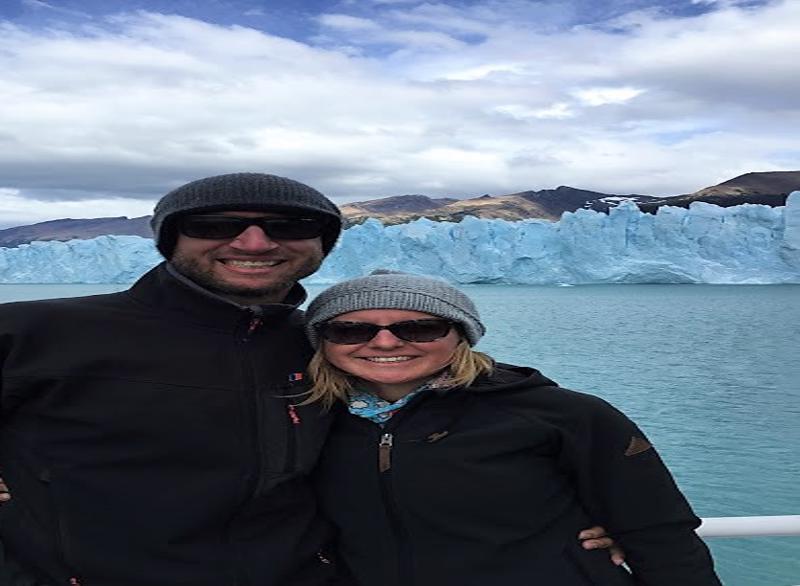
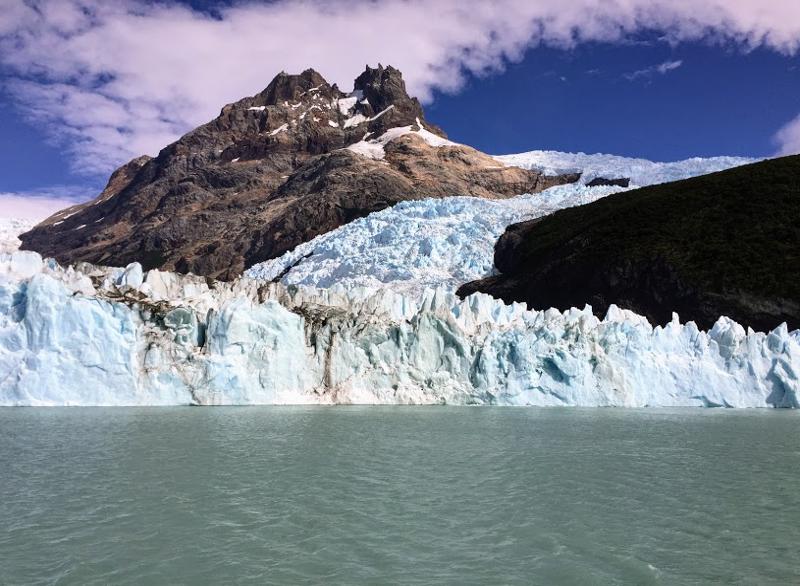
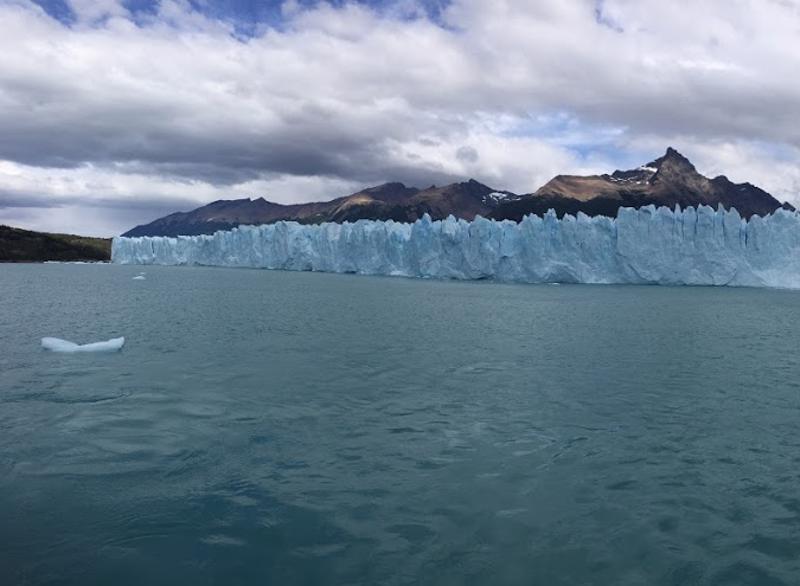
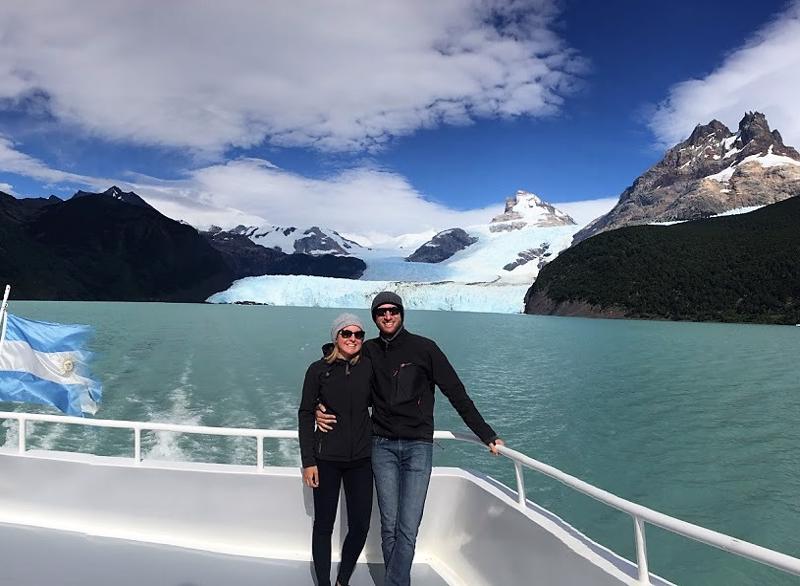
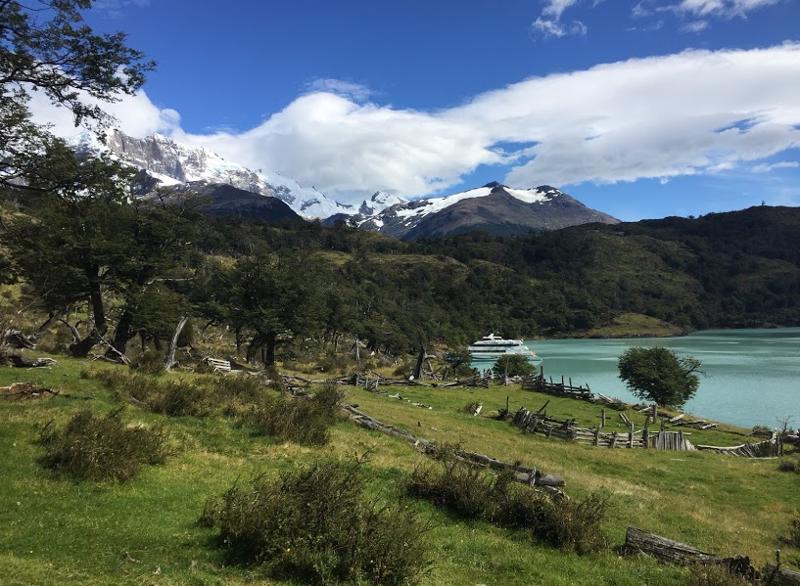
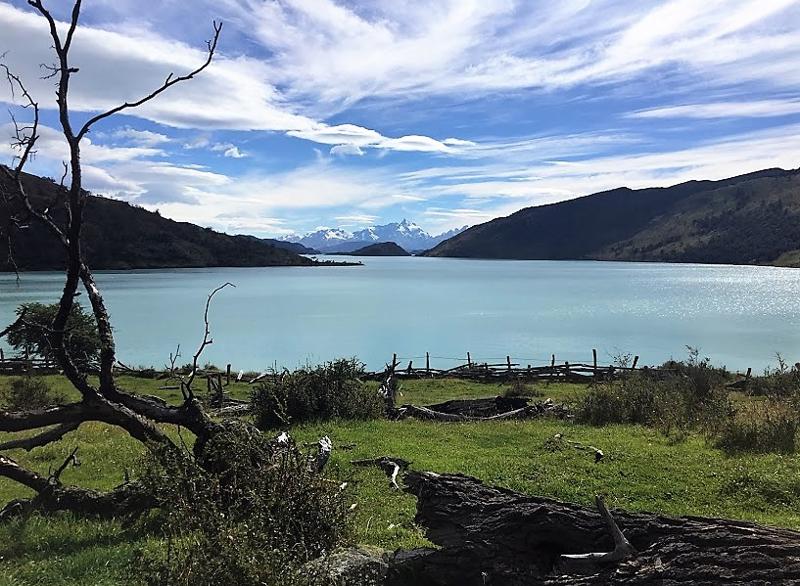
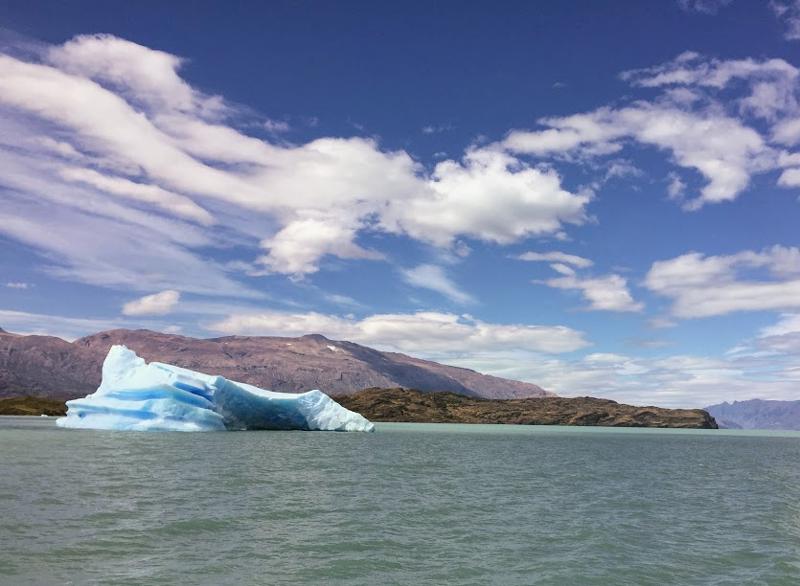
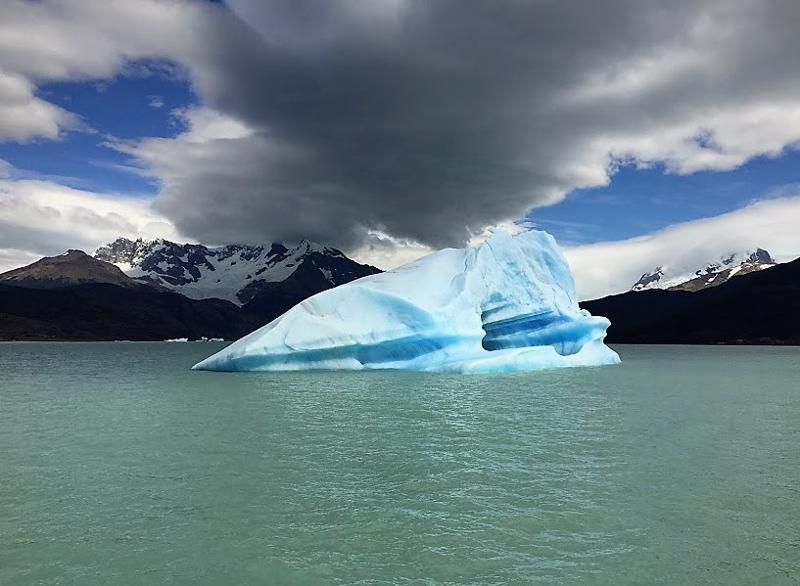
1.
The adventure ahead...
2.
In the beginning...
3.
And so the fun begins...
4.
Five Aussies in PDC...
5.
Lobster Galore...
6.
Grand Final ready...
7.
Killer Caves
8.
Unforgetable Antigua...
9.
Gettin' our locks off!
10.
We need a doctor...
11.
A stop over...
12.
An epic adventure...
13.
Oh, to fly like a bird
14.
A national gem...
15.
Moving forward...
16.
A fancy airport hotel
17.
Mr Attenborough did not lie, absolutely magical
18.
Like staying with family
19.
Amazing Amazon
20.
The Talent
21.
Markets, coffee and bagels
22.
All that flies
23.
Aussie Christmas in Cuenca
24.
Another hike, another detour
25.
On the road again... and again... and again
26.
The most breathtaking hike yet...
27.
A rainy hike with familar faces
28.
A giant unexplored city
29.
Functioning at new heights
30.
Hiking like the Inkas
31.
A necessary rest
32.
Living the floating island life
33.
The city of canyons and pizza
34.
Salt and Mirrors
35.
Tourists and atm lines
36.
Parks and wine
37.
We're not Hippies, we're Happies
38.
Super bowling
39.
Unexpected national park beauty
40.
Yep, thats right, we just climbed an ACTIVE volcano...
41.
The wrath of the I P A
42.
Our first taste of Patagonia
43.
El Chalten out of 10
44.
And that's just the tip of the iceberg...
45.
Don't cry for me Argentina
46.
Calling all travel gods...
47.
Marcia the Redeemer
48.
Reunited...
49.
Adventures with friends
50.
A hidden community with immense charm
51.
Beach bums
52.
The Final Four, what dreams are made of...
53.
Vegas baby
54.
The end of an epic adventure...
Share your travel adventures like this!
Create your own travel blog in one step
Share with friends and family to follow your journey
Easy set up, no technical knowledge needed and unlimited storage!